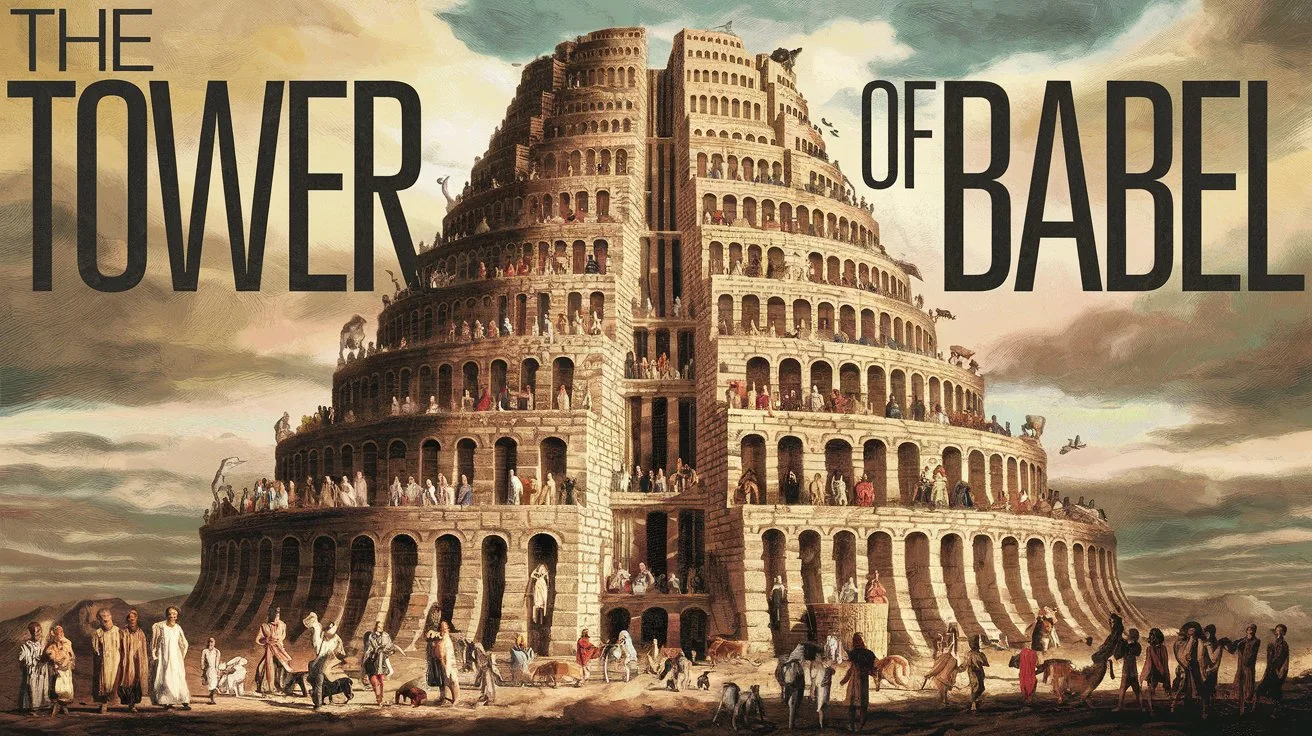The handwriting on the wall appears in Daniel 5, during the reign of Belshazzar, king of Babylon. As he feasted with a thousand of his nobles, using the gold and silver vessels taken from the temple in Jerusalem, he praised idols of gold, silver, bronze, iron, wood, and stone. At that moment, “the fingers of a man’s hand appeared and wrote opposite the lampstand on the plaster of the wall of the king’s palace” (Daniel 5:5).
Belshazzar was terrified. None of his wise men could interpret the writing, so the queen suggested calling Daniel. Daniel was brought in and reminded the king of his father Nebuchadnezzar’s humbling by God. He rebuked Belshazzar for his arrogance and irreverence, saying, “You have lifted yourself up against the Lord of heaven… and the God who holds your breath in His hand and owns all your ways, you have not glorified” (Daniel 5:23).
The inscription was: MENE, MENE, TEKEL, UPHARSIN. Daniel interpreted it:
MENE: “God has numbered your kingdom and finished it.”
TEKEL: “You have been weighed in the balances and found wanting.”
PERES (from Upharsin): “Your kingdom has been divided and given to the Medes and Persians” (Daniel 5:26-28).
That very night, Belshazzar was killed, and Darius the Mede received the kingdom (Daniel 5:30-31). The handwriting on the wall was a divine declaration of judgment, swift and irreversible.
This event reveals that God sees all, judges righteously, and does not tolerate arrogance and irreverence. It serves as a solemn reminder that nations and individuals alike are accountable to the Lord.







